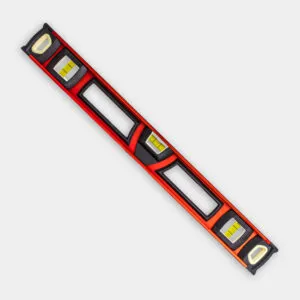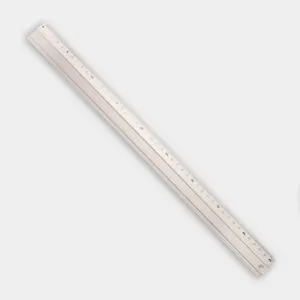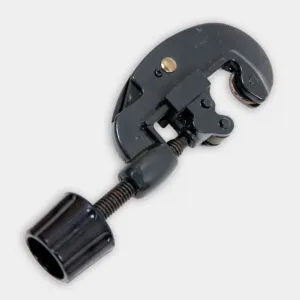Project details
Skill
Cost
Estimated Time
Radiant floor heating is probably the best way to heat up any space. It’s comfortable, quiet, and energy efficient. Although installing electric radiant heat is a popular choice for small projects—retiling a bathroom, say—hydronic, or water-based, radiant provides the ultimate in efficiency for bigger projects or an extensive remodel.
Hydronic radiant is typically a job for a pro, but there is a way you can DIY part of it. The key is to use a specially engineered foam panel from Schluter Systems called Bekotec. You lay the panels directly on the floor, press-fit PEX tubing into them, and add a thin layer of specially mixed concrete—five parts sand to one part portland cement. Learn how to install radiant heat under solid-wood floors.
The panels provide a modest thermal break (R3), so you don’t have to install an extra layer of insulation. Using this system adds less than 1¾ inches—including concrete—versus about 4 inches for the old-school method of tying tubing to wire mesh. That leaves you more headroom in basement applications. And the thin slab will heat up and cool down more quickly, allowing you to use lower water temperatures and save on your heating bill. Overall, it makes for a more responsive radiant slab.
Steps for Installing DIY Radiant Floor Heating
- Prep floor with leveling compound, if necessary.
- Clean the floor and install foam edging.
- Lay the first row of click-together panels.
- Measure and trim the row’s last panel to fit.
- Cover the remaining area with panels.
- Determine PEX spacing: 6-, 9-, or 12-inch rows.
- Press-fit PEX between “studs” in panels.
- Cover the area with one continuous loop of PEX.
- Leave extra tubing at the boiler-room end for the plumber to make connections.
- Mix up a batch of “dry pack” concrete with a 5:1 ratio of sand to portland cement.
- Spread and level over PEX, leaving a minimum of 5/16 inches of the material above foam “studs.”
- Allow the concrete to cure for a few days, then install your flooring of choice.




